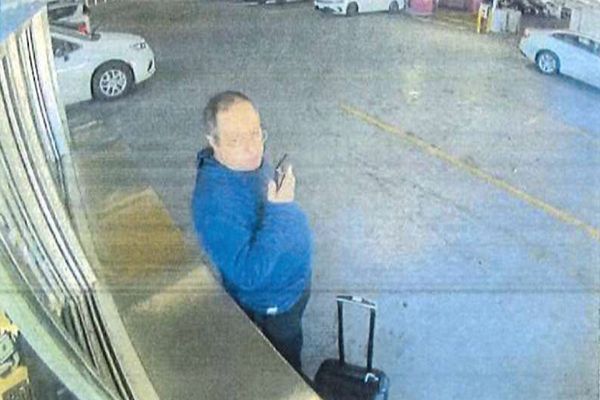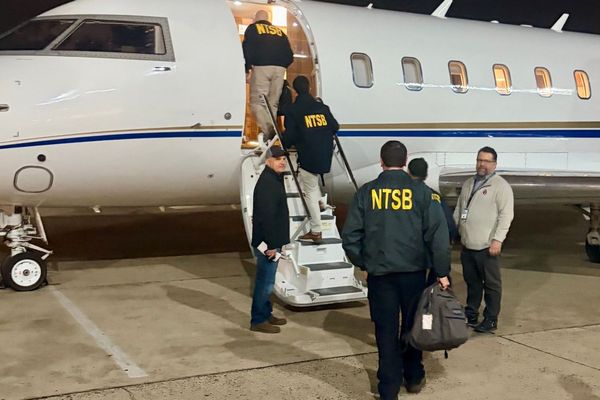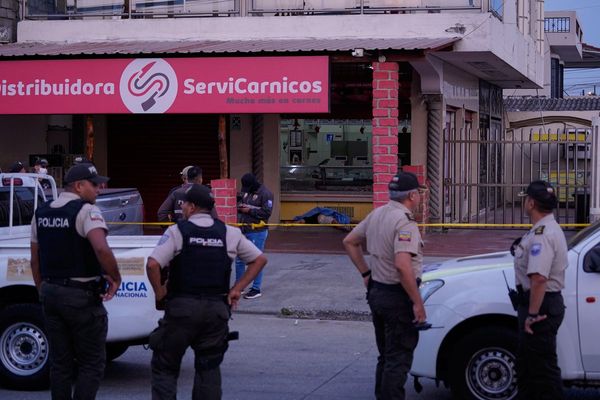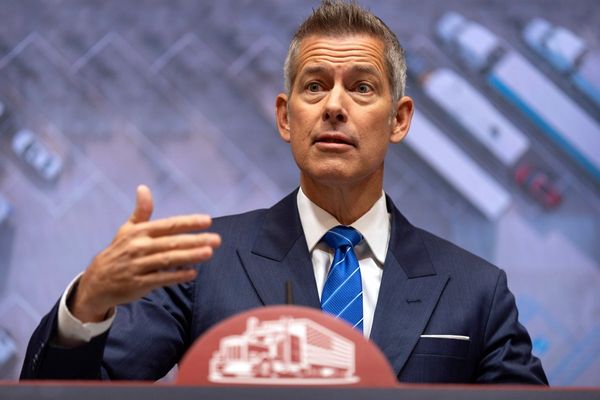
Paris Air Show – Unveiled at this year’s Paris Air Show, Mona Luna is a fully European lunar rover developed by Venturi Space across France, Monaco, and Switzerland, and is set to land on the Moon around 2030.
Weighing 750 kilograms, Mona Luna is an autonomous, battery-powered rover capable of carrying a variety of payloads across the lunar surface.
France and space
It has a top speed of 20 km/h and is powered by solar-rechargeable batteries, enabling extended missions during the Moon’s long daylight periods.
The rover was presented by Xavier Chevrin, director of Venturi Space France, who emphasised the cross-border collaboration behind the project.
ESA at 50: five decades of space innovation and cosmic achievements
While its components are spread across three countries, much of the leadership and coordination are being handled in France, reflecting the country's expanding role in European space initiatives.
One of the rover's most distinctive features is its hyper-deformable wheels, designed to adapt to the Moon’s irregular and dusty terrain.
This technology, also featured on three other Venturi rovers unveiled at the event, is aimed at addressing mobility challenges that have plagued earlier lunar missions.
Inside Europe’s simulated lunar surface: preparing for the moon in Cologne
Mona Luna and the ESA
Though the Mona Luna project is not part of a specific national space program, it aligns with broader European Space Agency (ESA) objectives, particularly those focusing on infrastructure and exploration around the lunar south pole - a key area of interest for future missions due to the potential presence of water ice.
France, through both public investment in CNES and growing private-sector involvement, has been increasingly active in lunar and planetary exploration efforts.
First commercial launch of Europe's Ariane 6 carrying French military satellite
Projects like Mona Luna suggest that European countries are preparing to play a more autonomous role in space, beyond supporting missions led by NASA or other agencies.
As the 2030 timeframe approaches, Mona Luna could contribute not only to scientific research but also to the logistical groundwork for long-term human activity on the Moon.
While many technical and programmatic details remain to be finalized, the unveiling marks a clear signal of intent from Europe - and particularly France - to take a more active role in the next phase of lunar exploration.







